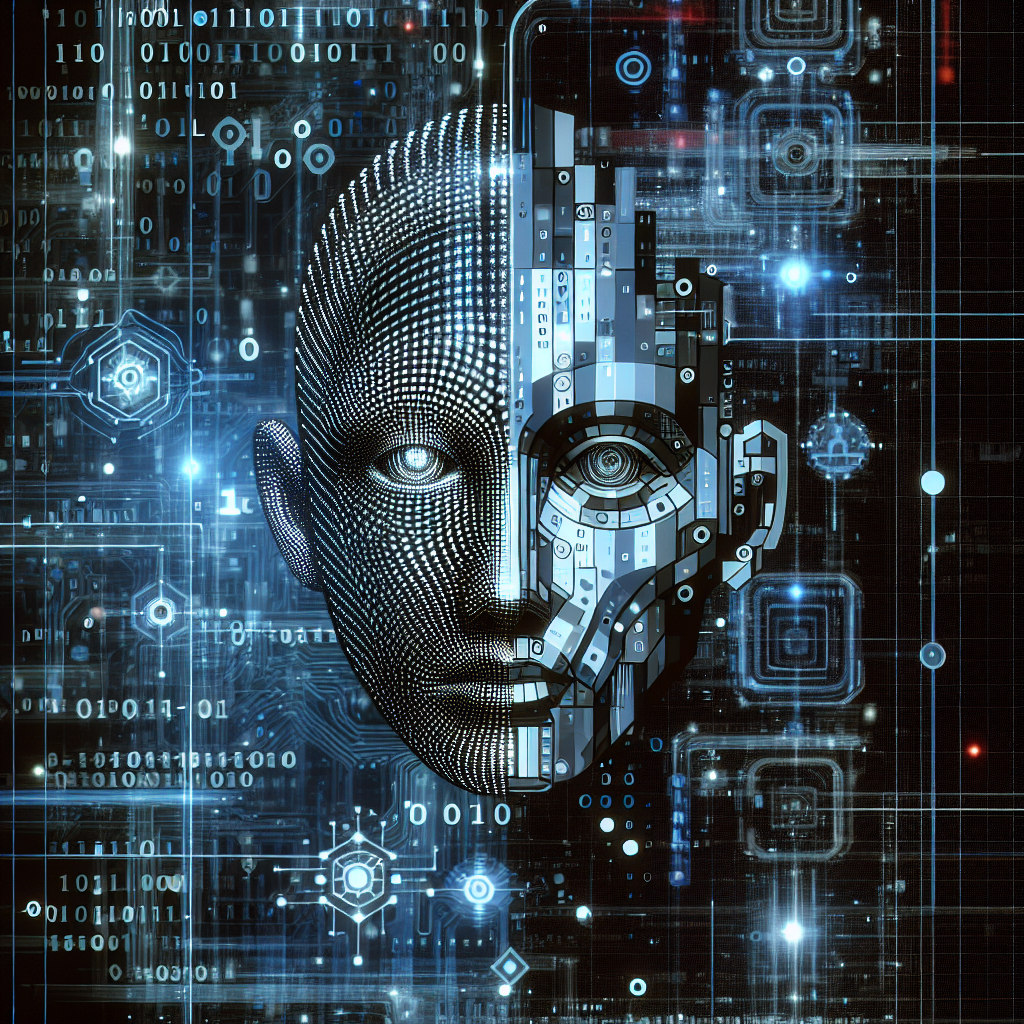In today’s digital age, cybersecurity has become a critical concern for individuals, businesses, and governments alike. With the increasing frequency and sophistication of cyber attacks, it has become essential to implement robust cybersecurity measures to protect sensitive data and information. One technology that has emerged as a powerful tool in the fight against cyber threats is artificial intelligence (AI). AI-powered cybersecurity tools are revolutionizing the way organizations detect, prevent, and respond to cyber attacks, making it easier to defend against evolving threats and stay one step ahead of cyber criminals.
AI and cybersecurity
AI refers to the simulation of human intelligence processes by machines, including learning, reasoning, and self-correction. When applied to cybersecurity, AI algorithms can analyze vast amounts of data at speeds far beyond human capability, enabling organizations to identify patterns, detect anomalies, and predict potential threats in real-time. This proactive approach to cybersecurity is essential in today’s fast-paced digital environment, where traditional security measures are no longer sufficient to protect against advanced cyber threats.
AI-powered cybersecurity tools can enhance security in several key areas:
1. Threat detection: AI algorithms can analyze network traffic, user behavior, and system logs to identify potential threats and anomalies that may indicate a cyber attack. By continuously monitoring for suspicious activity, AI tools can quickly detect and respond to threats before they escalate into a full-blown security breach.
2. Vulnerability management: AI can help organizations identify and patch vulnerabilities in their systems and applications before cyber criminals exploit them. By scanning for weaknesses and recommending security updates, AI tools can help organizations strengthen their defenses and reduce the risk of a successful cyber attack.
3. Incident response: In the event of a security breach, AI-powered cybersecurity tools can help organizations quickly triage and contain the incident, minimizing the impact on their systems and data. By automating response actions and providing real-time threat intelligence, AI tools can help organizations respond to cyber attacks more effectively and efficiently.
4. Security analytics: AI can analyze large datasets to identify trends, patterns, and correlations that may indicate a security threat. By leveraging machine learning algorithms, organizations can gain insights into their security posture and make data-driven decisions to improve their cybersecurity defenses.
5. User authentication: AI-powered biometric authentication tools can provide an additional layer of security by verifying users’ identities based on their unique physical characteristics, such as fingerprints, facial features, or voice patterns. By using AI to authenticate users, organizations can prevent unauthorized access to sensitive systems and data.
FAQs about AI-powered cybersecurity tools
Q: How do AI-powered cybersecurity tools differ from traditional cybersecurity solutions?
A: Traditional cybersecurity solutions rely on rule-based systems and signatures to detect and prevent cyber threats, while AI-powered cybersecurity tools use machine learning algorithms to analyze data, detect anomalies, and predict potential threats in real-time. AI tools can adapt to evolving threats and provide more accurate and timely threat detection than traditional solutions.
Q: Are AI-powered cybersecurity tools effective against all types of cyber threats?
A: While AI-powered cybersecurity tools are highly effective at detecting and preventing many types of cyber threats, no technology is foolproof. Organizations should implement a layered approach to cybersecurity that includes AI tools, along with other security measures such as firewalls, antivirus software, and employee training, to maximize their defenses against cyber attacks.
Q: How can organizations leverage AI for cybersecurity?
A: Organizations can leverage AI for cybersecurity by investing in AI-powered cybersecurity tools that can analyze data, detect threats, and automate response actions. By integrating AI into their security infrastructure, organizations can enhance their ability to defend against cyber threats and protect their sensitive data and information.
Q: What are the potential challenges of implementing AI-powered cybersecurity tools?
A: One potential challenge of implementing AI-powered cybersecurity tools is the need for skilled personnel to manage and interpret the data generated by these tools. Organizations may also face challenges related to data privacy and compliance when using AI for cybersecurity, as these tools may require access to sensitive information to analyze and detect threats.
Q: How can organizations ensure the effectiveness of AI-powered cybersecurity tools?
A: To ensure the effectiveness of AI-powered cybersecurity tools, organizations should regularly update and fine-tune their AI algorithms to adapt to new threats and vulnerabilities. Organizations should also conduct regular security assessments and penetration testing to identify and address any weaknesses in their cybersecurity defenses.
In conclusion, AI-powered cybersecurity tools are revolutionizing the way organizations detect, prevent, and respond to cyber threats. By leveraging machine learning algorithms to analyze data, detect anomalies, and predict potential threats in real-time, organizations can enhance their cybersecurity defenses and stay one step ahead of cyber criminals. While AI is not a panacea for all cybersecurity challenges, it can provide organizations with a powerful tool to strengthen their defenses and protect their sensitive data and information in today’s fast-paced digital environment.

